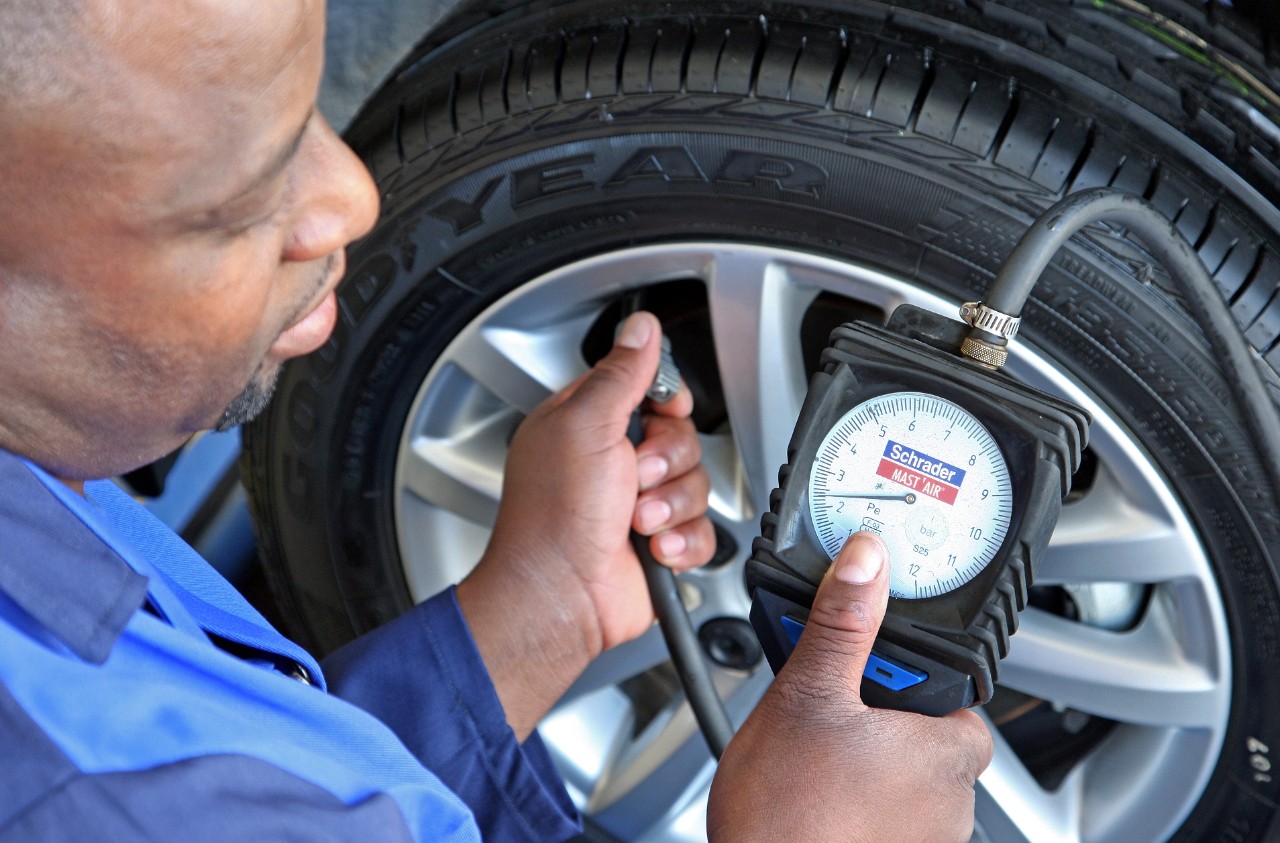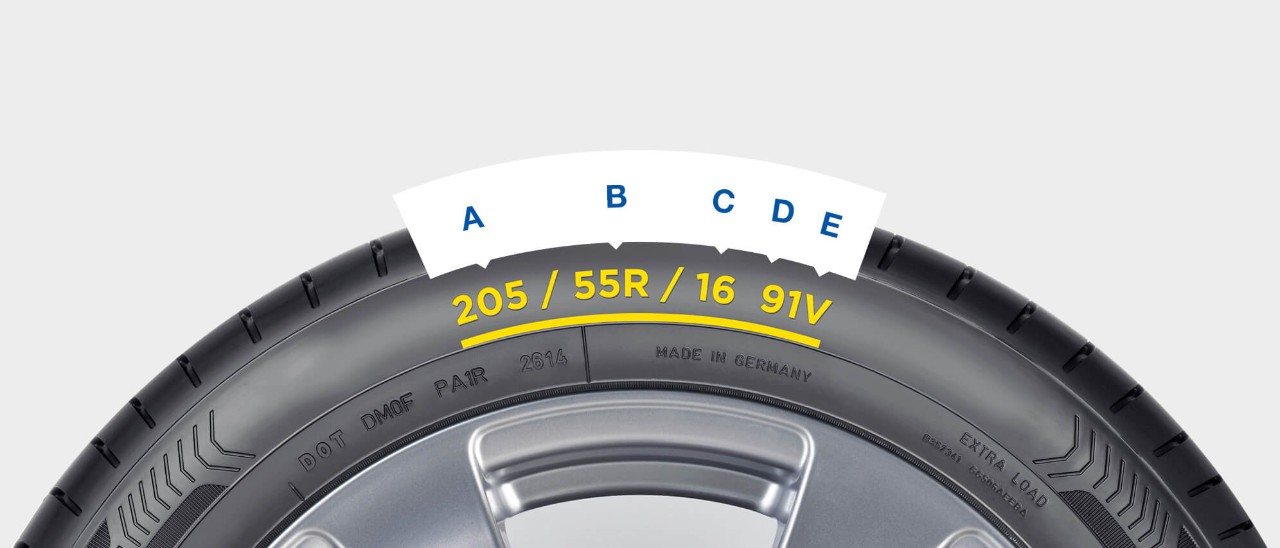One of the best ways to look after your tyres is to use appropriate tyres for the particular seasonal conditions. At the most basic level, this means using summer tyres in summer and switching to winter tyres in winter. You can either store the set of tyres you’re not using yourself or if you don’t have the space, your tyre dealer may offer a tyre hotel service.
Summer tyres are designed to be excellent through the summer in both dry and wet conditions. However, when the temperature drops below 7°c, summer tyres will stiffen and become more susceptible to damage and faster tread wear. And that’s when you will want to switch to winter tyres.
A common misconception is that winter tyres are only for snowy and icy conditions. However, that simply isn’t the case. Designed with a higher proportion of rubber, winter tyres remain elastic at 7°c or colder to maximise grip at low temperatures. This ensures you can have the best possible handling and traction through the colder months of the year.
In the same way that summer tyres suffer in temperatures below 7°c, the reverse is true for winter tyres. This means you shouldn’t use winter tyres all year round either and you should switch back to summer tyres when the temperatures increase in spring.
If you’d prefer not to change your tyres over every 6 months, you should go for all season tyres instead. All season tyres blend the best of both the summer and winter tyre into one package, meaning you can run it all year round.


















